
kscarbel2
Moderator-
Posts
18,935 -
Joined
-
Days Won
114
Content Type
Profiles
Forums
Gallery
Events
Blogs
BMT Wiki
Collections
Store
Everything posted by kscarbel2
-
Informative video, and the Ford engineer mentions 7.3L medium duty application. I'd rather it was a 4-valve. No 2-valve argument will win me over. .
-
No mention of the F-550. No mention of the 7.3 completely replacing the V-10, and the latter simultaneously being phased out.
-
Ford Super Duty packs new engine, more power for 2020 Michael Martinez, Automotive News / February 5, 2019 DETROIT -- Ford Motor Co. is adding a second V-8 engine option and upping the power on its Super Duty pickups to maintain its segment dominance halfway through the vehicles' life cycle. The 2020 F-250, F-350 and F-450 pickups, scheduled to go on sale this fall, will offer an optional 7.3-liter V-8 engine in addition to an updated third-generation 6.7-liter Power Stroke diesel and the standard 6.2-liter V-8. They will be paired with a new 10-speed automatic transmission. Although executives refused to offer specific figures, they said the new powertrains will improve power, payload and towing capability, critical stats for the construction workers and fleet operators who most use the vehicles. Ford has adopted the "We Own Work" slogan for the Super Duty, which leads in sales and market share but faces increased competition from new offerings by Ram and Chevrolet. Ford last redesigned the Super Duty for the 2017 model year, when it shed as much as 350 pounds by switching to an aluminum body. The midcycle freshening comes as Ford shifts 90 percent of its capital allocation to producing pickups, vans and utilities. By 2020, roughly 75 percent of its lineup will be updated or new. "Fundamentally, we're playing to our strengths," Kumar Galhotra, Ford's president of North America, said at a media briefing. Most powerful V-8 The 2020 Super Duty's new 7.3-liter engine is expected to be the most powerful gasoline V-8 in its class, Ford says. Its overhead valve architecture has a cast iron block and forged steel crankshaft. Ford will offer a compressed natural-gas conversion option. The third-generation Power Stroke diesel will be Ford's most powerful. It has a stronger cylinder head, block, connecting rods and bearings to handle higher cylinder pressure and increased output. It includes a new 36,000-pounds per square inch fuel injection system with new injectors that Ford says precisely meter and spray up to eight times per stroke to control noise levels and optimize combustion. The 10-speed transmission, which replaces a six-speed, is better for towing, Ford said. It said the Super Duty will be the only vehicle in the segment to offer live-drive power takeoff, which allows the operator to engage industrial equipment and accessories such as snowplows while the vehicle is in motion. Exterior, tech improvements Aside from the powertrain improvements, the 2020 Super Duty gets exterior updates that include a revised grille, as well as interior and technological enhancements. The vehicle will come with an optional pro-trailer backup assist feature that is used on its smaller F-150 sibling. The feature lets drivers steer the trailer with a reverse camera that can handle all trailer styles, including fifth wheels and goosenecks. It also includes lane-keep assist, emergency braking with pedestrian detection and blind spot monitoring technology. The features are standard on XLT and higher trims. Ford also added new drive modes, including Eco, Slippery and Sand/Mud. It also comes with an embedded 4G LTE modem and Wi-Fi. In addition to the grille, which improves cooling, the truck has a new tailgate design and updated headlights, taillights and bumpers. Ford did not disclose fuel-economy figures or pricing. Related reading - http://www.campaign.ford.com/content/fordmedia/fna/us/en/news/2019/02/05/new-ford-f-series-super-duty-pickup-raises-bar-again.html .
-
The big bulbous hood just doesn't pair with the small pickup truck cab......does it? It needs a wider, larger dedicated commercial cab. And with combined Chevrolet and Navistar sales, there's an argument for that. Given how inexpensive cabs are to design and produce today........... The 6500HD is the smallest Class 6 I've ever seen.
-
Jay's good people.
-
I remember Cooper was struggling financially and India's Apollo tire was going to buy them, but things got muddy. I didn't follow the outcome. Then Cooper sourced more production from China. https://www.daytondailynews.com/business/apollo-files-counterclaim-against-cooper-tire/bp4GACz3IfSvHaM2AIScYJ/ https://www.rubbernews.com/article/20180926/news/180929962/sailun-to-become-cooper-tire-joint-venture-partner
-
Wanli makes a good tire as well. (This English global website only shows a small portion of their product line). http://www.wanli-global.com/yww/brand/wanlitire/allsteel/index.shtml
-
Look at the Coopers and see if they say "Made in China". Their light vehicle tires are. Back in the day, I felt there was no better combination than Bridgestone R290 steer tires and Goodyear G367 drive tires. Today, Goodyear's pricing is ridiculous. Most people have had a great experience with Double Coin.
-
Unreal. Welcome to the new America.
-
Speaking of the main brands, your opinion is quite the opposite of my experience.
-
Scania Group Press Release / January 31, 2019 Dutch heavy haulage company Te Kloeze-Bruyl has recently taken delivery of one of the first new generation five-axle Scania V8 S 730 tractors following an earlier delivery of a three-axle Scania V8 S 520 tractor. Te Kloeze-Bruyl was persuaded to switch to Scania by its experience with their Scania engine-equipped Hyundai excavators. “Scania has proven its quality over the years,” says Project Manager Evert Jan van den Berg, Te Kloeze-Bruyl. “The engines are not only very reliable but also highly economical. And that’s highly important for us.” “We not only monitor the consumption of our trucks and construction machines, but even that of our passenger cars.” Adapted for heavy haulage The Scania S 730 is configured as a 10×4*6, which signifies two steered front axles, two driven axles and one steered tag axle. Adapted for heavy haulage, the tractor has a rack behind the cab with fuel tanks, AdBlue tank and trailer hydraulic system. These adaptations are factory-assembled. The vehicle can thereby load 180 tonnes at a 6-percent slope and 140 tonnes at a 12-percent slope. “That’s important in our work,” explains Van den Berg. “Some our own machinery exceeds 100 tonnes. The power is especially useful in Germany, which we often travel through. Because of extensive road works, we are often forced to take alternative routes. But it’s also nice to have that power at our disposal on motorways and thereby avoid slow crawling.” Premium driver seat The cab is no less impressive. Because these transports are usually scheduled for nights, drivers are away from home during long periods. Te Koeze-Bruyl therefore ticked nearly every option box. Drivers can enjoy leather upholstery, a premium driver seat and rotatable passenger seat, an infotainment system with navigation on a 7-inch screen, refrigerator, coffee maker, microwave and TV. To enhance safety, the company has equipped the truck with a side-view camera system with a quadruple split screen so that the driver at a glance can see four positions around the vehicle. .
-
-
-
-
-
Here are a few that I like, though not all are exported.
-
China's heavy truck sales remain robust in January
kscarbel2 replied to kscarbel2's topic in Trucking News
Heavy trucks, what in the United States is called "Class 8". Does not include medium or light trucks (light trucks being Isuzu NPR-like in size). Note: FYI - Global market light trucks are often called medium in the US. -
Xinhua / February 2, 2019 China's heavy truck manufacturers reported strong sales last month, pointing to continued vitality in the broader economy. Some 96,000 heavy trucks were sold in January in China, up 16 percent from a month ago, according to cvworld.cn, an auto industry information service provider. The sales performance remained high, notching the second-best January in recent years, moderating slightly from the same period a year ago.
-
Jack Walsworth & Larry Vellequette, Automotive News / February 3, 2019 Chicago will come out of its arctic freeze this week to find a redesigned Subaru Legacy, two freshened pickups and a handful of special editions taking auto show center stage. One of the country's largest auto shows in terms of visitors, the Chicago event this year boasts four indoor test tracks and — polar vortex or not — six outdoor test drive areas at the mammoth McCormick Place. Here's a look at the vehicles expected to be featured. Ford Ford Motor Co. plans to unveil a freshened Super Duty pickup, capitalizing on the Chicago show's truck-oriented reputation. The pickup, expected to arrive this year as a 2020 model, likely will feature cosmetic updates to the grille and interior as well as new engines and transmission. General Motors Chevrolet and GMC plan to bring heavy-duty pickups to Chicago, the first time either will have been displayed at an auto show. Chevrolet released photos of the Silverado HD in early December and is expected to unveil the truck early this week in Flint, Mich. GMC held a private unveiling of the Sierra HD lineup late last month in San Diego. The pickups have design cues and performance attributes that separate them from their smaller siblings. General Motors noted that the only exterior piece that the Silverado HD shares with the standard Silverado is the roof. Lexus Lexus will feature a Flare Yellow special-edition LC 500 coupe, with plans to produce just 100 units. The 2019 LC 500 Inspiration Series will start at $107,235, including shipping. It rides on 21-inch wheels, has a carbon fiber roof and gets yellow door inserts and matching trim stitching. The coupe is the third limited-run Inspiration Series vehicle Lexus has produced. Lexus also is expected to roll out a special version of its NX crossover, the NX F Sport Black Line Special Edition. Mazda Mazda will show a 30th-anniversary special edition of its MX-5 Miata. In a blurry teaser image released by the company, the car appears to be a red Miata RF variant (RF for "retractable fastback"). The first-generation two-seater debuted at the 1989 Chicago Auto Show. Nissan Nissan plans to bring a slightly tweaked 2020 Rogue Sport to Chicago, as well as a special-edition Pathfinder three-row crossover. Ram After redesigns of the Ram 1500 last year and the Heavy Duty 2500 and 3500 last month, Ram is turning its attention to the 3500 chassis cab. The pickup is typically sent to upfitters who use the chassis for commercial vehicles. Subaru Chicago will mark the global debut of the redesigned Legacy midsize sedan, the latest nameplate to join the Subaru Global Platform. Spy photos last summer indicated that the 2020 Legacy would retain styling similar to the current version, with some areas updated to match the rest of the lineup. The 2020 is likely to be slightly larger than the outgoing Legacy, if other Subaru nameplates from the platform are any indication, with a bump in power. Last week, Subaru released a teaser image of the sedan's interior indicating a significantly updated infotainment and console area. Toyota Toyota will lean toward body-on-frame products in Chicago. Last week, the automaker teased the front end of its 2020 Tacoma. The freshened pickup will have a new exterior look and interior updates that will augment the 2016 model redesign. Toyota also will present a 60th-anniversary edition of the 2020 Land Cruiser. Unlike the standard three-row Land Cruiser, the Heritage Edition will be offered only as a two-row model available in black or white. The limited batch of 1,200 vehicles will get bronze wheels with "Toyota" on the center cap, bronze contrast stitching throughout the interior, vintage-style exterior badges, darkened headlight housings and darkened chrome design touches on the exterior. The edition drops the SUV's running boards and lower body side moldings to create a more rugged look. Volkswagen Volkswagen will show a GLI variant of the redesigned Jetta. The sporty GLI likely will add some performance chops and styling cues to the compact sedan, which was redesigned onto the automaker's MQB platform for the 2019 model year.
-
This is big Bob. It says something about how Ford does business......ethics. They call inventors greedy and then steal their technology. And Ford isn't a Chinese company.....hmm.
-
Ford F-150s use tech stolen from MIT professors Christopher Yasiejko, Bloomberg / February 3, 2019 WILMINGTON, Delaware -- The most-popular vehicle in the U.S. -- the F-series truck -- is among the many Ford Motor Co. products using stolen technologies to run its newest fuel-efficient engines, according to three Massachusetts Institute of Technology professors who say they invented the enhancements. With Ford selling two trucks every minute and generating about $42 billion in revenue last year from the F-series alone, the MIT inventors are demanding an unspecified share of the proceeds. In a lawsuit filed Jan. 30, they say their patented dual port- and direct-injection technology were added to the company’s EcoBoost engines in recent years without permission. The dispute marks a split in the long collaboration between MIT and Ford, which created a joint energy-research program in 2007 to focus on powertrain, fuel and energy technologies. A separate MIT Energy Initiative paired Ford personnel with university researchers. Chairman Bill Ford, great-grandson of the automaker’s founder Henry Ford, received a masters degree from the MIT Sloan School of Management in 1984. But by 2015, Ford suggested the professors were “greedy inventors” and refused offers to negotiate exclusive rights to license the patents, the lawsuit alleges. Ford sells “a lot of vehicles, most with EcoBoost,” said Kevin Tynan, senior automotive analyst for Bloomberg Intelligence in Princeton, N.J., who estimates the company has sold about 8 million light trucks alone since 2015. It’s too soon to know how costly any royalties would be for the company, he said. “At $1 per vehicle, no big deal. At $1,000, $8 billion hurts a little.” EcoBoost engines have been a key part of Ford’s strategy to develop cars and trucks with better fuel efficiency and power with fewer emissions, and they’ve been installed in millions of new vehicles over much of the past decade. 'Revolutionary throughout the industry' MIT professors Leslie Bromberg, Daniel R. Cohn and John B. Heywood, who have been working for decades on improvements to internal-combustion engines, say they invented dual-injection technologies that allow for better fuel-and-air mixing and combustion stability than direct injection, with less engine knock. “Revolutionary throughout the industry,” is how MIT describes the technologies, which have been cited by more than 115 other patents, including dozens by Ford, according to the lawsuit filed in federal court in Wilmington, Del. The professors transferred ownership of their creations to MIT, one of the premier U.S. research universities, which then granted exclusive patent-licensing rights to a small company the three men founded, Ethanol Boosting Systems LLC. EBS offered to license patents on the enhancements to Ford in 2014, but the company declined. Since then, the technologies have become integrated into new EcoBoost engines Ford is promoting in recent models, including F-150 trucks, Lincoln Navigator SUVs and Ford Mustang sports cars, according to the plaintiffs. Licensing questions Heywood, who was director of the Sloan Automotive Laboratory at MIT and wrote the 1988 textbook “Internal Combustion Engine Fundamentals,” emailed two Ford executives in October 2014 to discuss licensing the dual-injection technology, according to the complaint. Heywood cited MIT’s history with Ford and wrote that EBS “would like to give Ford the first opportunity” to license a portfolio of five patents, one of which is named in the lawsuit. After a volley of emails, Bill Coughlin, then Ford’s chief intellectual-property officer, agreed to meet at MIT in April 2015. According to the complaint, Coughlin proposed that “in exchange for EBS agreeing not to assert the patents against Ford,” the auto giant “would work with EBS to market other MIT/EBS technology.” At one point in the conversation, Coughlin asked the three professors “whether they were ‘greedy inventors,’” the complaint says. EBS invited Ford to analyze the patents and identify any that weren’t applicable to its products, but that never happened, the plaintiffs allege. After more rounds of emails and phone calls, including with Greg Brown, then the counsel for global engine intellectual property at Ford Global Technologies LLC, the carmaker told EBS in November 2015 that it wasn’t interested in licensing the patents. Asked whether Ford might be interested in the technology for future vehicles, Brown, according to the complaint, “indicated that Ford had no plans that he knew of to use that technology in its vehicles.” 'Imminent plans' But Ford “did have imminent plans” to use the technology, and “already was incorporating that technology into its engines and fuel-management systems,” MIT and EBS said in the lawsuit. The complaint cites a June 2017 press release in which Ford said it was using dual port- and direct-injection technology in its 3.5-liter EcoBoost engines and other engines that are available in the F-150, Expedition and other models. The majority of Ford trucks, and 60 percent of F-150s, have EcoBoost engines, Hau Thai-Tang, Ford’s executive vice president of product development and purchasing, said Jan. 15 at the Wolfe Research Global Auto Industry Conference. “We sold 1 million F-series last year,” Thai-Tang said. “Our PR team did the math. We sell one every 29 seconds.” The F-series in 2018 “outsold the nearest competitor by the widest margin ever,” CEO Jim Hackett said Jan. 23 in an earnings call.
-
No slave wages in China.....not for many, many years. In year 2019, the cost of labor is high. That's why most off-shored manufacturing has shifted out of China to elsewhere (India, Thailand, Vietnam, ect.). There is massive manufacturing in China, but most is for domestic consumption. Thanks to protectionist policies, if multi-nationals want to profit in China, they essentially have to produce there and thus share some of the spoils with the people and country from whom they are profiting. I call that "fair", and we should practice that in the states.
-
First, they have absolutely no proof that those tires were sold below cost. Second, they love to make money as much as the next person. They don't sell below cost. Triangle, Double Coin and many other Chinese brands are first-rate tires. With tractor-trailers there legally carrying 46 to 49 metric tons (101,413lb to 108,027lb), they need to be (Many actually run up to 120,000lb). Those tires are on vacation in the states.
BigMackTrucks.com
BigMackTrucks.com is a support forum for antique, classic and modern Mack Trucks! The forum is owned and maintained by Watt's Truck Center, Inc. an independent, full service Mack dealer. The forums are not affiliated with Mack Trucks, Inc.
Our Vendors and Advertisers
Thank you for your support!


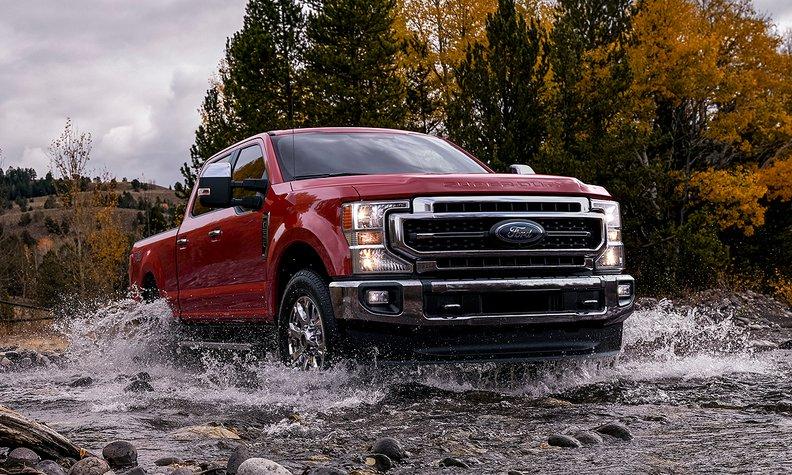

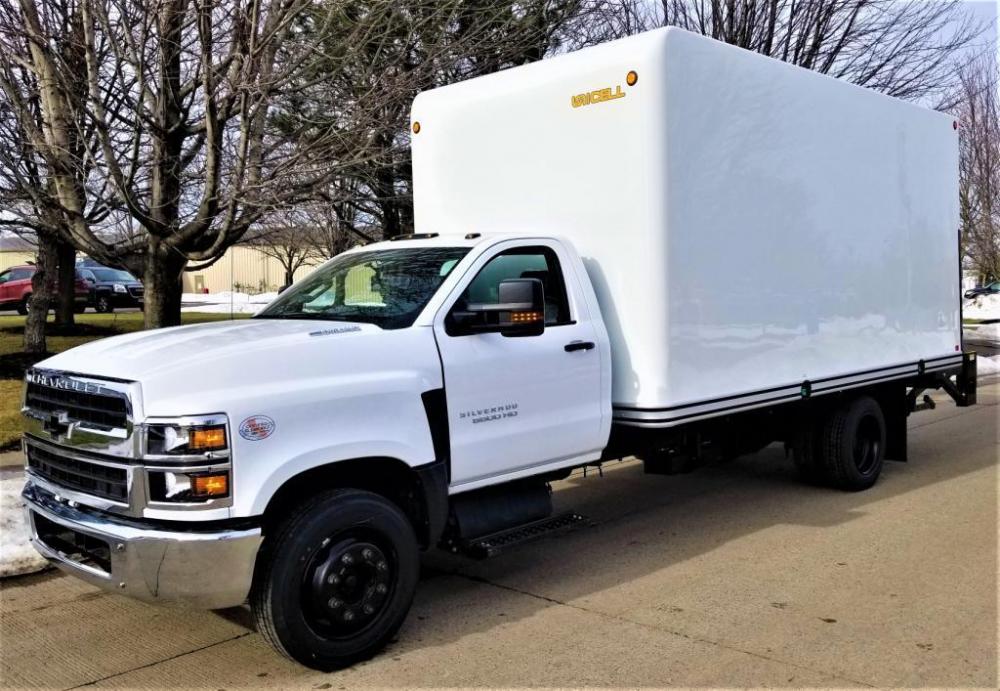

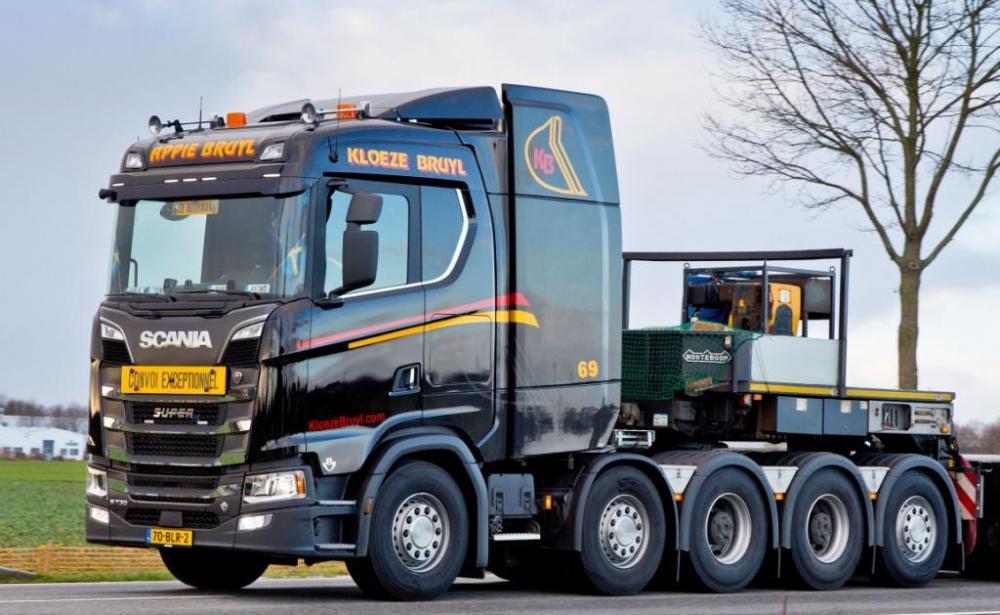
.thumb.jpg.6a76d83203d39799a5243c9207f02515.jpg)
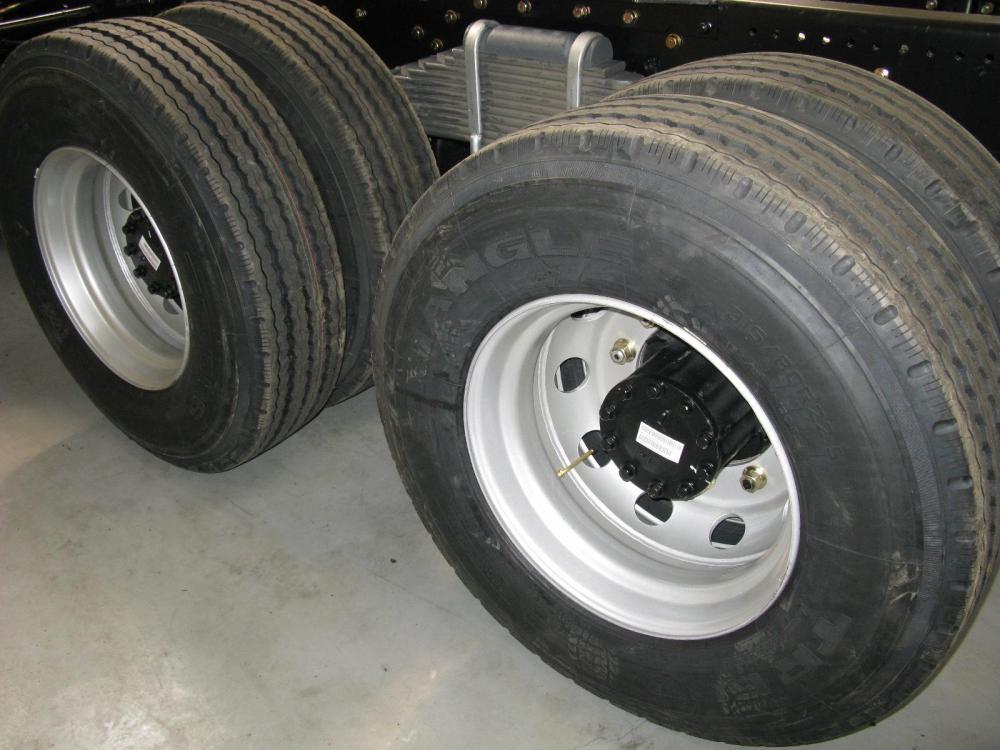
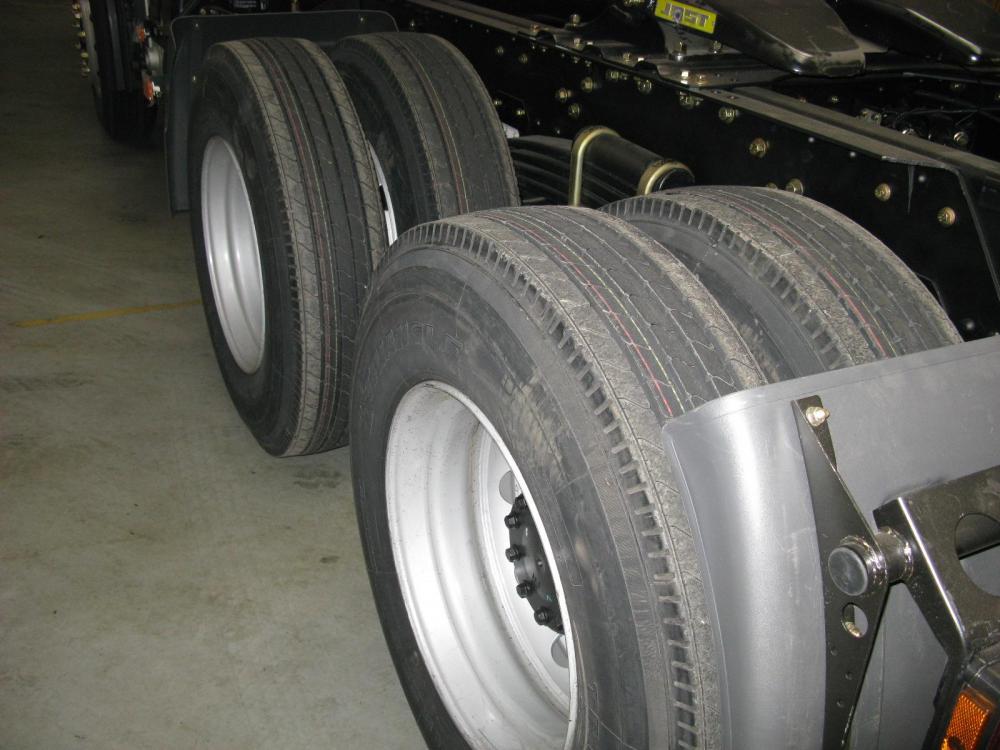
.thumb.jpg.3847e63836e125e24da77784ec16f17f.jpg)
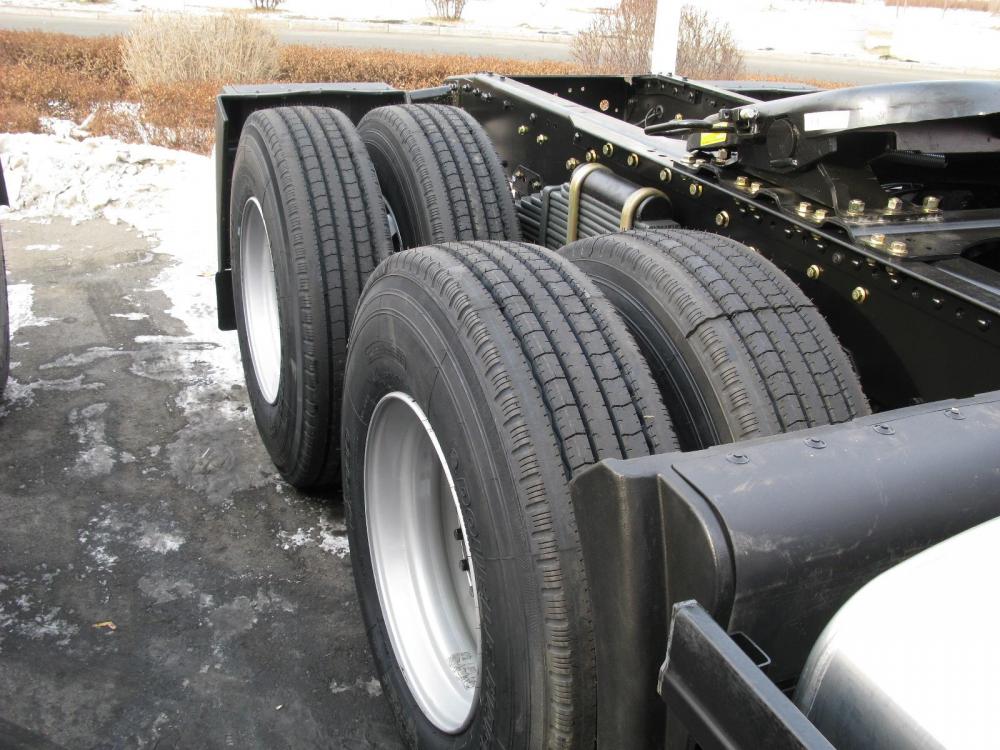

.thumb.jpg.f455aa16ab9eaf5e42f37fb52e0de58e.jpg)
.thumb.jpg.6722a94b63e4f9c2e5b29efdee739bd8.jpg)
